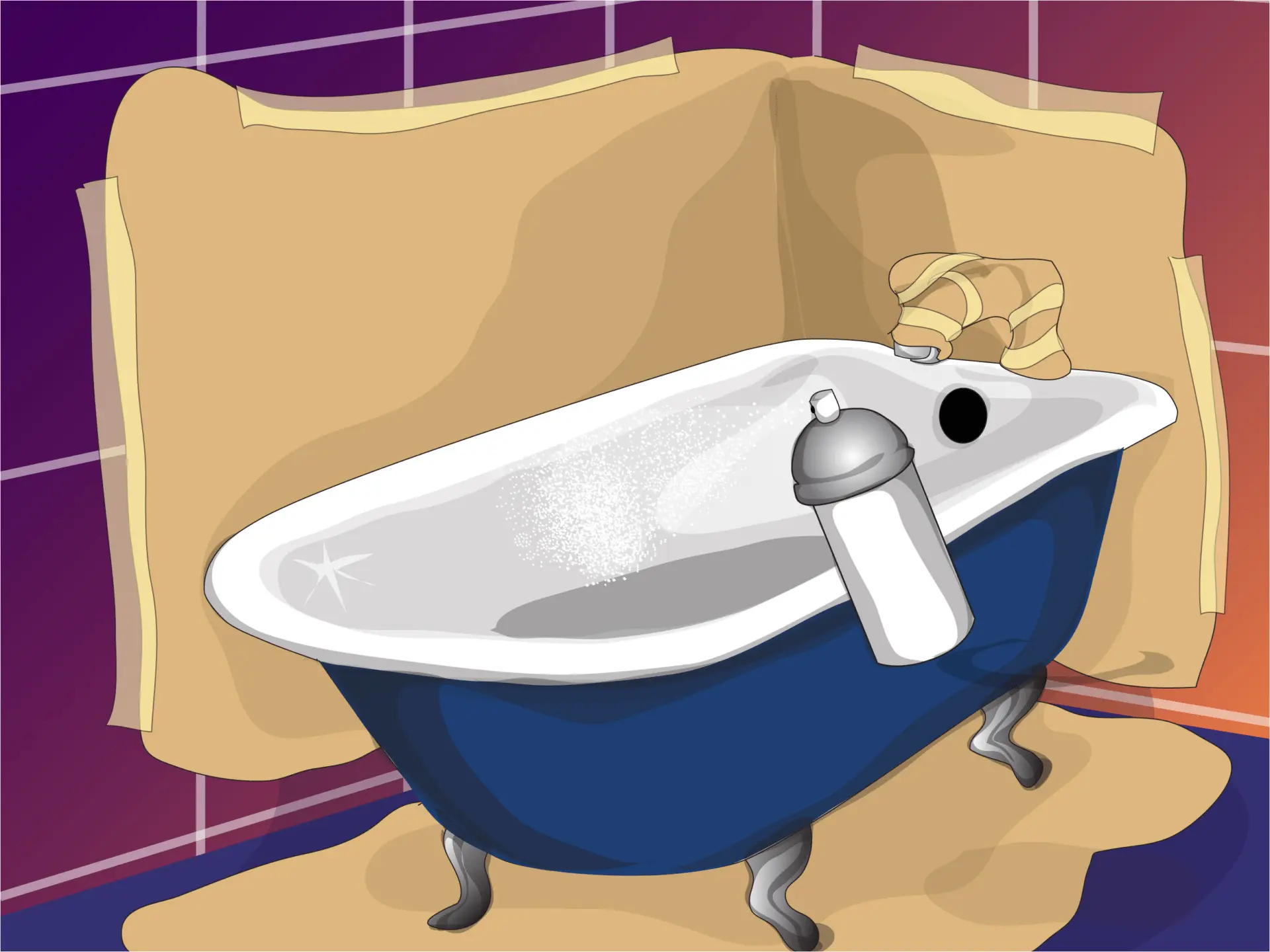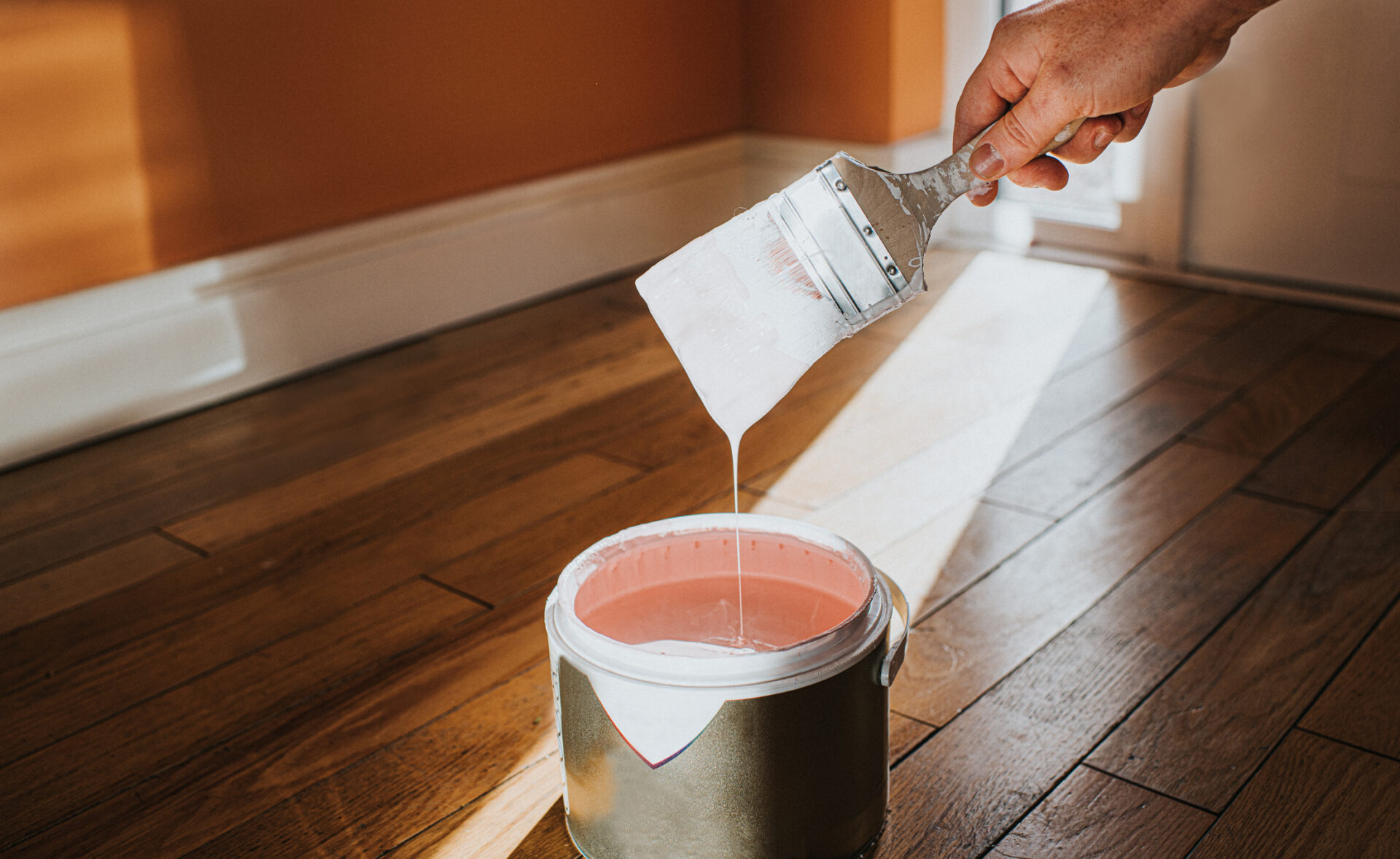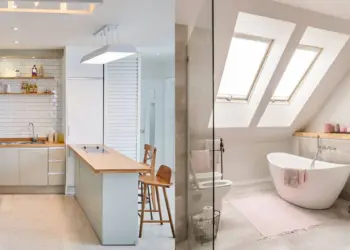Are you tired of your worn-out bathtub but hesitant to replace it due to the costs involved? Fret not! Painting your bathtub can be a cost-effective and satisfying solution to breathe new life into your bathroom. In this step-by-step guide, we’ll walk you through the process of Paint A Bathtub, ensuring you achieve a professional-looking finish without breaking the bank.
Table of Contents
Why Paint A Bathtub ?
Let’s kick things off with why painting your bathtub is a fantastic idea. Beyond the obvious aesthetic improvement, painting is a budget-friendly alternative to replacing the entire tub. With the right materials and a bit of elbow grease, you can transform your bathtub from dull to dazzling.
Materials and Tools
Before diving into the process, gather the necessary materials and tools. You’ll need a high-quality primer, specialized bathtub paint, sandpaper, painter’s tape, a paintbrush, and a roller. Each tool plays a crucial role, so don’t skimp on quality.
Safety Precautions
Safety first! Ensure proper ventilation in your bathroom by opening windows or using fans. Additionally, wear a mask and gloves to protect yourself from fumes and chemicals during the painting process.

Preparation
Start by cleaning the bathtub thoroughly. Remove any soap scum or grime, and don’t forget to tackle those hard-to-reach corners. If there’s old caulk, carefully remove it, and address any damages before proceeding.
Surface Sanding
Smooth surfaces are key to a successful paint job. Use sandpaper of varying grits to achieve a uniformly smooth bathtub surface, creating an ideal canvas for the paint.
Priming the Bathtub
Don’t underestimate the power of primer. Apply a high-quality bonding primer evenly on the bathtub surface. This step ensures better adhesion for the paint, leading to a longer-lasting finish.
Choosing the Right Tub Paint
Selecting the right paint is crucial. Opt for epoxy-based paint designed for tubs, and consider color options that complement your bathroom décor. Satin or glossy finishes are popular choices for a sleek look. Let’s explore suitable color options for various interior styles:
Bohemian Style
For a bohemian-inspired bathroom, embrace rich, vibrant colors. Deep jewel tones like emerald green, sapphire blue, or royal purple can enhance the eclectic and free-spirited atmosphere. Consider incorporating patterns like paisley or floral for an extra touch of boho chic.

Minimalist Style
Minimalist bathrooms thrive on simplicity and a neutral color palette. Opt for crisp whites, soft grays, or muted pastels like light blue or blush pink. These colors create a clean and serene backdrop, allowing the bathtub to blend seamlessly with the overall minimalist aesthetic.

Maximalist Style
In a maximalist bathroom, embrace bold and daring colors. Jewel tones, such as ruby red, deep turquoise, or mustard yellow, can add a sense of opulence. Consider using a mix of vibrant colors to create a visually stimulating and energetic space.

Farmhouse Style
Farmhouse bathrooms often feature a blend of rustic and vintage elements. Stick to classic and timeless colors like creamy whites, soft greiges, or pale blues. These colors evoke a sense of warmth and simplicity, perfectly complementing the cozy farmhouse atmosphere.

Eclectic Style
For an eclectic bathroom, don’t be afraid to mix and match colors and patterns. Jewel tones, earthy browns, and pops of vibrant hues can work harmoniously. Consider incorporating a mosaic of colors for a truly eclectic and visually stimulating bathtub.

Modern Style
Modern bathrooms typically embrace a sleek and clean design. Opt for neutral tones such as charcoal gray, dove gray, or taupe. These colors create a sophisticated and timeless look, allowing other elements in the bathroom to stand out without overwhelming the space.

Applying the Paint
Now, the fun part – painting! Apply the paint evenly using a brush or roller, ensuring no streaks or drips. Take your time, and don’t rush this step for a professional-looking outcome.
Drying Time and Curing
Patience is a virtue. Allow the paint to dry thoroughly before using the bathtub. The curing process might take a few days, so plan accordingly and resist the urge to test it too soon.
Second Coat Application
For added durability, consider applying a second coat of paint. Follow the same techniques as the first coat, ensuring an even and smooth application.

Finishing Touches
Once the paint is dry, remove painter’s tape carefully. Re-caulk around the edges for a seamless finish that enhances the overall appearance of your newly painted bathtub.
Clean-Up
Clean your tools promptly to ensure they’re ready for future projects. Dispose of materials responsibly, considering eco-friendly options whenever possible.
Maintenance Tips
Maintaining your painted bathtub is simple. Regular cleaning with mild, non-abrasive cleaners will keep it looking fresh. Avoid harsh chemicals that could damage the paint.
Common Mistakes to Avoid
While painting your bathtub is a DIY-friendly project, some common mistakes can occur. Avoid uneven application, rushing the drying process, or neglecting proper surface preparation for a flawless finish.

FAQs
Can I use regular paint for my bathtub?
Regular paint won’t cut it. Invest in epoxy-based paint specifically formulated for bathtubs to ensure durability and longevity.
How long should I wait before using the bathtub after painting?
Wait at least 48 hours for the paint to dry, and several days for full curing. Patience is key!
Can I paint a bathtub with chips or scratches?
Address any damages before painting. Fill in chips or scratches with epoxy filler, sand them smooth, and then proceed with the painting process.
What if I don’t want a glossy finish?
Opt for a satin finish for a softer look. The key is choosing a paint finish that aligns with your aesthetic preferences.
Can I paint a bathtub with a showerhead?
Yes, but take extra care when painting around the showerhead. Cover it with plastic and tape to prevent accidental splatters.
What kind of paint do you use to paint a bathtub?
Epoxy or acrylic-based bathtub paint is recommended for durability and adhesion to the surface. It’s crucial to use a paint specifically designed for tubs.
Is painting a bathtub a good idea?
Painting a bathtub can be a cost-effective way to refresh its appearance, but it requires thorough preparation and the right materials. Done properly, it can be a good idea for a budget-friendly update.
How do you paint a bathtub yourself?
Clean the tub thoroughly, sand the surface, apply a primer, and then use epoxy or acrylic-based paint designed for bathtubs. Follow proper ventilation and safety precautions.
Do you need a primer to paint a bathtub?
Yes, using a high-quality bonding primer specifically formulated for bathroom surfaces is essential before applying paint to ensure proper adhesion and longevity.










